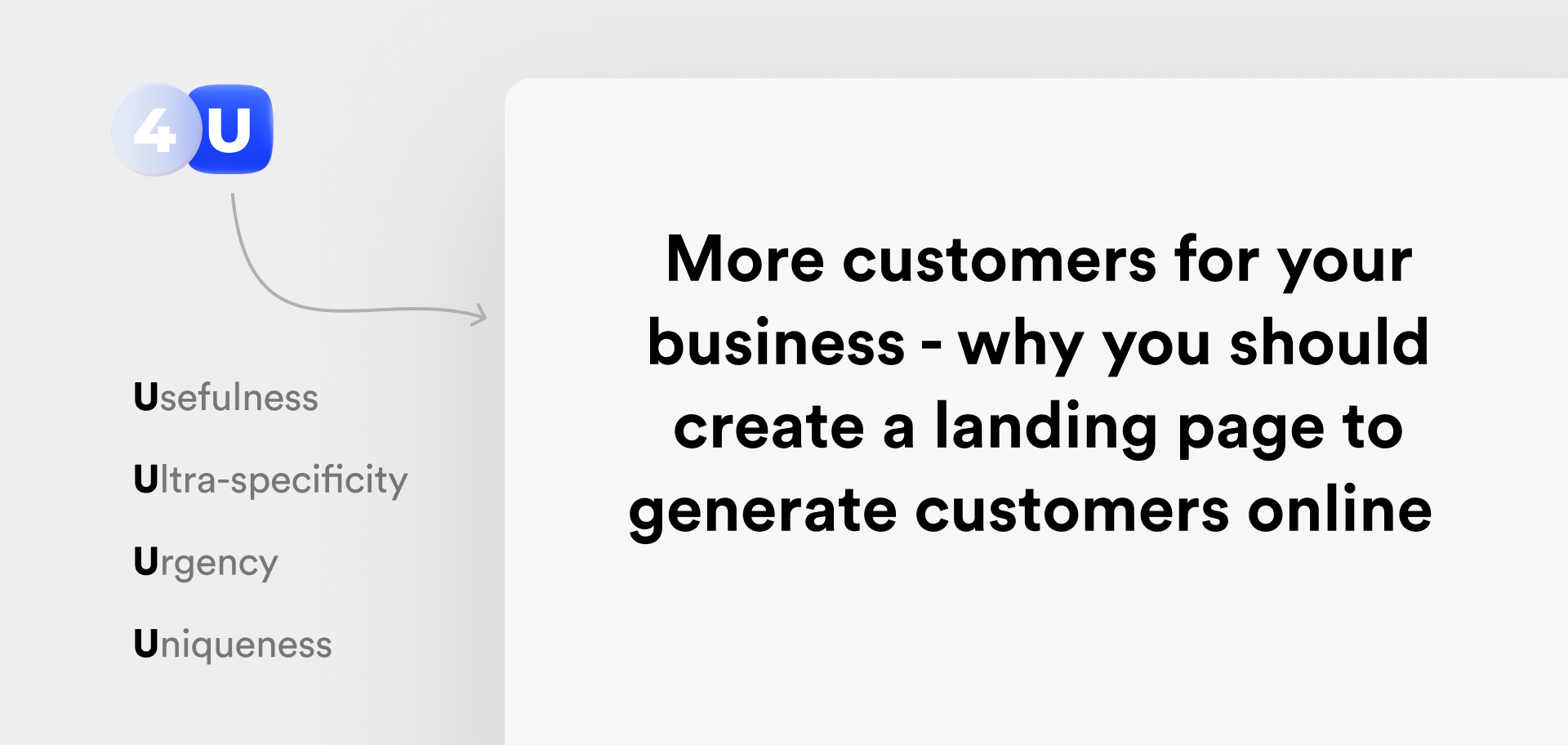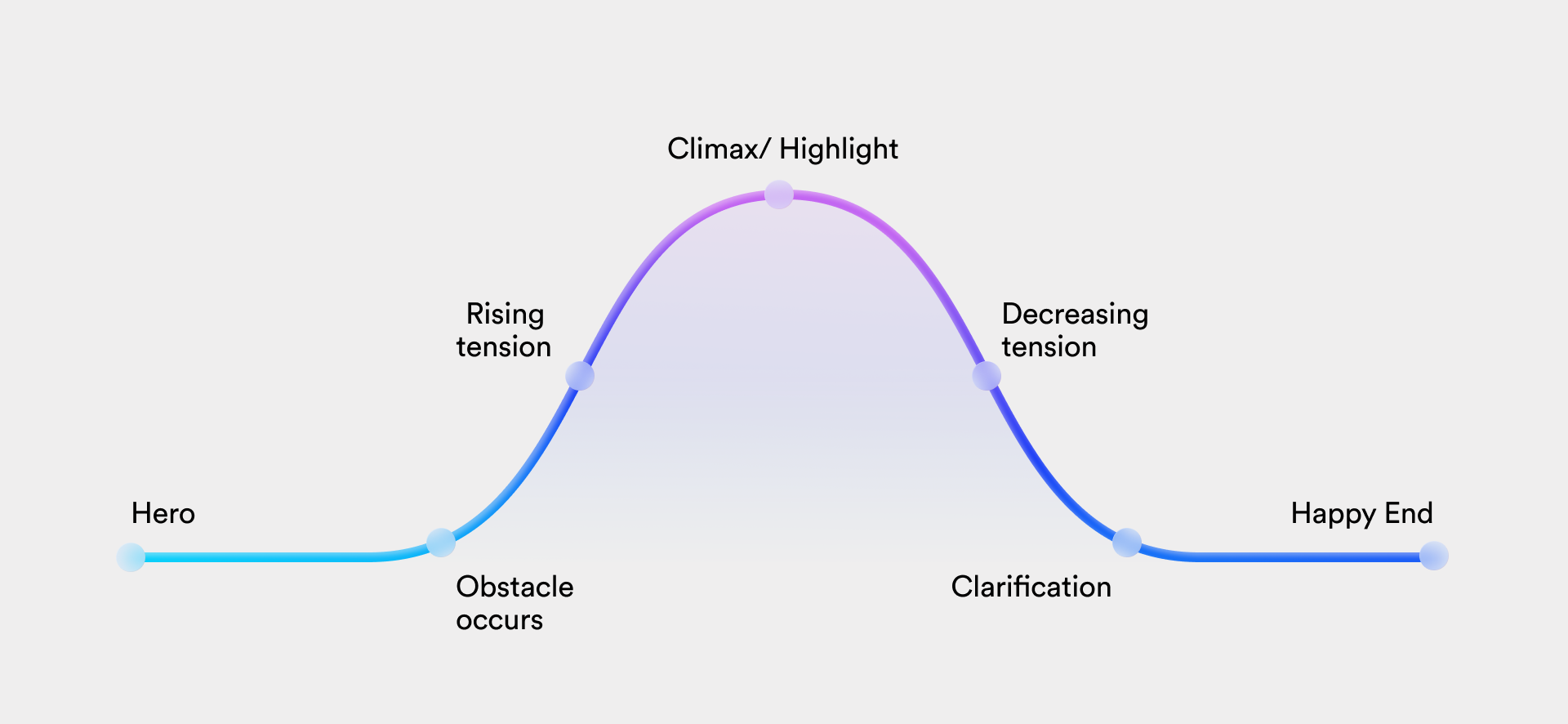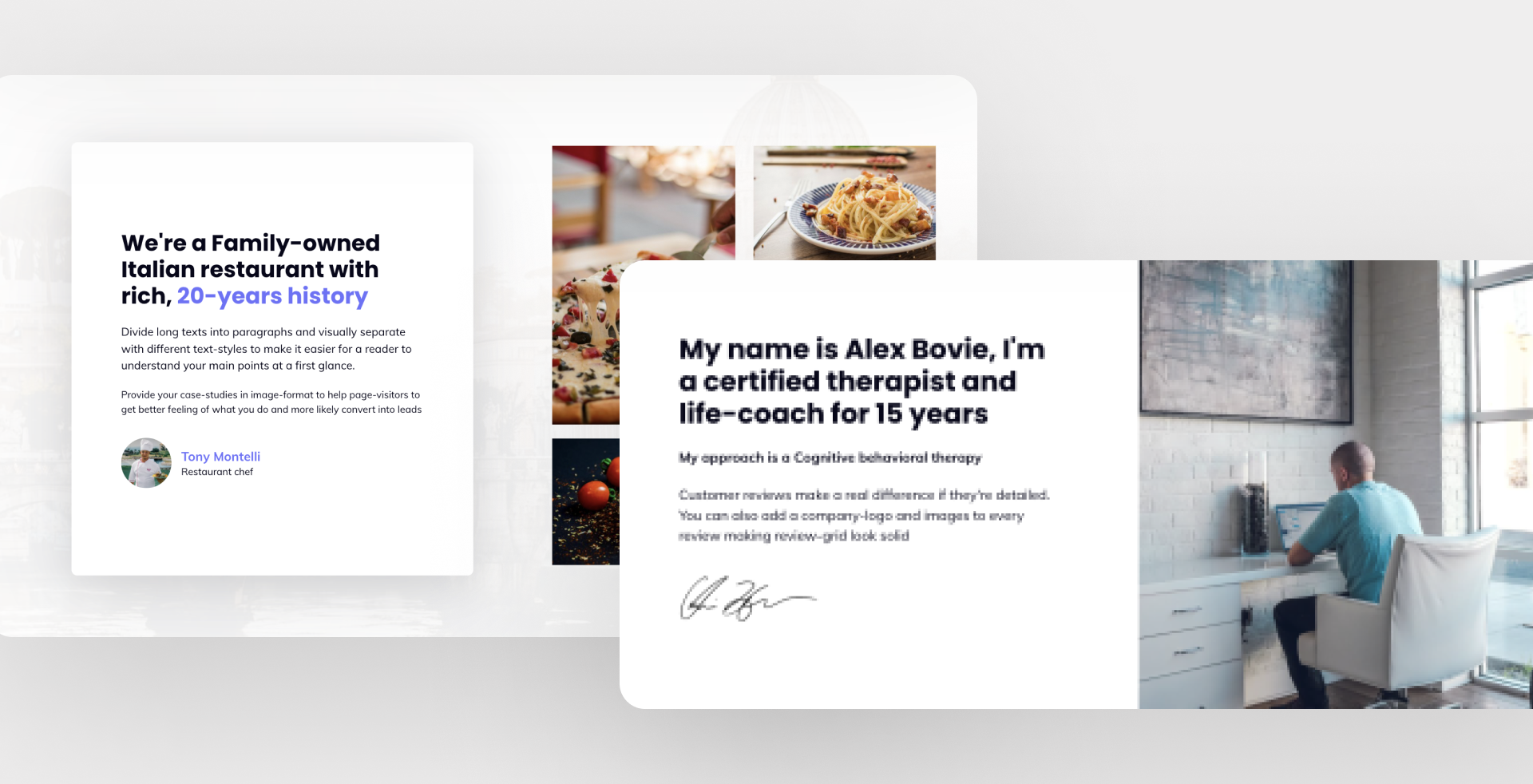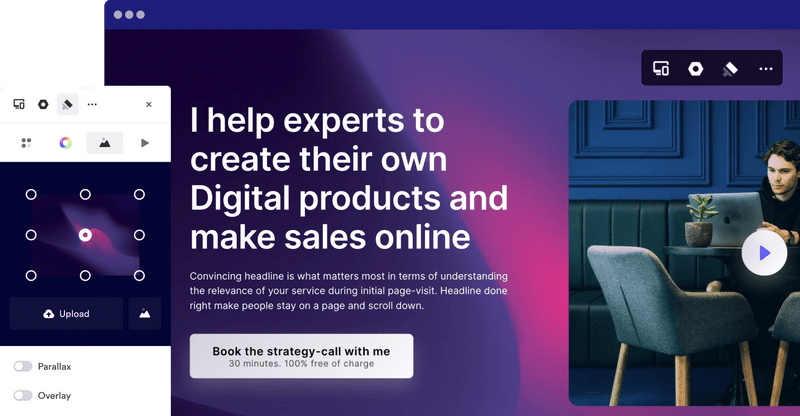November 28, 2021
Storytelling: These are the 10 most important rules
Storytelling in the digital age. We show you the 10 most important rules and helpful examples for storytelling

Storytelling: These are the 10 most important rules
In a time full of change and transformation, the ways of storytelling have also changed. In the digital age, a new way of storytelling has dawned.
But what does one actually understand by storytelling? Behind this term, first of all, is the telling of stories. But these stories are not just used to convey pure information. Instead, it is about breathing life into relatively dry information through captivating stories and thus generating an emotional response in the reader. Nowadays, this has become a sought-after skill and a marketing discipline in its own right.
In the beginning, when the digital age dawned, texts were still uploaded to the Internet according to analog rules. However, it was quickly noticed that these texts, often long and containing too much information, were hardly read by anyone. Therefore, a solution was needed - the trend moved to shorter and easy-to-understand texts (storytelling).
In recent years, it so happens that the nature of texts and reading has changed considerably. Not least, this has been fostered by the use of social media platforms and the concentrated flood of information we are exposed to these days. People tend to sift through texts and only take in the information that is relevant to them.
A new age has dawned - the age of digital storytelling.
Most editors began to rethink the way they read and text in late 2012. The movement was triggered by the introduction of iPads and tablets. That's because they demanded new standards. Publishing online text was virtually revolutionized. These new rules are summarized under the name "digital storytelling".
We, the team of Onepage, want to share the knowledge with you. Our goal is to inspire as many users as possible to use effective digital storytelling to achieve the best possible success for their business. At Onepage, we have made it our mission to provide founders with a tool that allows them to create and publish their own site even without marketing knowledge. All templates at Onepage are therefore already optimized for conversion. Knowing how to tell a story is something we believe is part of the equation - so we're sharing our top 10 rules for digital storytelling with you here. We also show you helpful storytelling examples so you can apply the knowledge yourself.
But how do you tell a compelling story?
1. Good content forms the foundation for storytelling
A good storytelling example consists of relevant and interestingly prepared content. Think about what benefit the reader can get from your post. As a good storyteller, you pick up your audience at the beginning and meet them at eye level. Through empathy, you convey that you understand them and their situation.
Therefore, in the beginning, think about who your target audience is and what problems they are facing. If you simply pass on information that doesn't really interest anyone, the reader will quickly get bored, and your copy will probably not get the attention it needs. To grab your reader's attention right at the beginning, you can score points with an exciting quote or a visual graphic, for example.

2. Involve your readers in storytelling interactively
Exciting stories almost always involve the audience. That way, you let your audience become a part of your story. This allows you to evoke emotions in the reader. The interaction makes him question the situation and engage with the content. This way, the reader can better identify with your story. So an example of great storytelling is to involve the reader.
How do you do that? Build in little questions. Often it's enough to ask your audience, "How would you decide in this situation?" or "Have you ever had this problem?" These small interactive building blocks automatically get the reader involved and can be engaged emotionally.
3. Selecting the right image
You might be wondering what images have to do with a textual story. But let me bring it a little closer to you: Storytelling is like a movie that plays in your reader's head as it slowly scrolls down. By setting the right atmosphere, you can specifically help make the story a well-rounded whole.
You can therefore choose images that fit your story. Your storytelling example is about your company's history? Place a photo from the early days of your company next to the text. Use suitable images to show how your company has developed over time. Often, major events from the past play a key role in such stories.
Storytelling is an important topic. But maybe you're also curious about how you can create your own website to place your stories there? Then check out our blog article on the topic "In just 5 steps to your own landing page" now.

4. Everything starts with a good headline
A successful storytelling example starts with the headline. Before a potential reader decides to read your story, he must first be convinced by the headline. Reason enough to give this topic our full attention!
In storytelling, a headline should arouse interest and already reveal what the rest of the text will be about. One method you can use to write headlines is the 4U formula.
As the name suggests, the 4U formula is made up of the 4U's for Usefulness, Ultra-specificity, Urgency, and Uniqueness. I'll explain what that means exactly below:

Usefulness: In this aspect, you should ask yourself what emotional benefit your potential customer will have if they respond or buy your product now. Show your customer exactly what benefit he will get from your product. A related storytelling example:
Don't: "This medicine will boost your immune system!"
Do: "This is proven to boost your immune system by 98%!"
Ultra-specificity: This is about how you can make the benefit measurable to the customer. Anything that can be measured usually increases the response rate. A related storytelling example:
Don't: "I'll make you more money!"
Do: "On average, my clients achieve financial freedom after 5 years and earn more than 10,000 euros per month!"
Urgency: Give the reader an important reason to act. ****Show him the urgency. It's best to time your offer because it is not an offer without a limit. A related storytelling example:
Don't: "Great offer, you must have this!"
Do: "Only available until tonight!"
Uniqueness: Show the customer what makes your offer different from the competition. What makes it unique? Highlight the unique features and demonstrate why your offer is better than the others! A related storytelling example:
Don't: "Great course for further education!"
Do: "After this course, you'll make 10% more on average than you did before!"
Want to learn more about “how to write landing page copy that persuades?” Then you'll definitely like this blog article.
5. The proper structure in storytelling
Have you ever noticed that good storytelling stories almost always follow the same pattern? If not, let me show you a selected storytelling example of how you can apply this pattern to yourself and your business.
In so-called "hero stories," you can usually find 12 classic components. But these can be simplified into these 3 simple steps:
- The main character, aka the hero in the story.
- The hero has a specific goal he is pursuing and sets out on his journey.
- There is a conflict/obstacle on the way to the goal that the hero must overcome. In doing so, he receives help from the outside.
And of course, as in any good story, there is a happy end.

Use this principle to tell even more exciting stories about your company, product, or employees.
For example, tell your company story: Tell how you failed at first and almost wanted to give up. But then suddenly you met a good friend who gave you helpful advice. And finally, despite the setbacks, you successfully started your business and are grateful that you started this journey. That would be a successful storytelling example.
6. What text settings have to do with your story
For a successful storytelling example, your text should also be shown to its best advantage. To make it visually attractive to read, you can pay attention to a few simple things.
Divide your text into coherent paragraphs. This facilitates the flow of reading. You can also score points with the right use of color and design. Choose a font size that is easy to read. The font should not be too ornate and should match your business. Keep these settings not only for the text but preferably for your entire page. For design issues, you can roughly follow the rule: "less is more".
You will see that these design settings will help you with your storytelling. If the visuals create a harmonious overall picture, the reader will be more inclined to read the content and stay longer on your page.
7. The call to action at the end can't be missing!
You made an effort, followed the mentioned storytelling examples, and of course, wrote a great story, but reactions are missing? Maybe it's because of the missing call to action at the end.
At best, your story got the reader's attention, and emotions were evoked. Ideally, an initial "loose bond of trust" has even been woven into the client-company relationship. Making it all the more important to make your audience aware of your real goal.
For successful storytelling, you should satisfy your potential customer's previously aroused interest in this final phase. The easiest way to satisfy this desire is through the call to action. After all, you have a lot more to offer, so you should show your reader how they can take advantage of your offer.
To do this, place a call to action at the end of your text. This can be as simple as telling them where they can buy your product. Especially on your landing page, a built-in call-to-action button is a good choice to convey this request.
8. Tailor your story to the platform
Digital storytelling can be done on different types of applications and platforms. To achieve the greatest possible success, you should think carefully about how to skillfully stage your story.
You have the freedom to choose: Countless platforms are just waiting to be filled with your story. Whether on social media platforms, your website, or your landing page. Depending on where you want to publish the story, you should consider things like the general length or the type of application. For a successful storytelling example, you should tailor your story to the respective platform.
Application type refers to the format, i.e., whether you want to convey the story in text form, as a video, or in images. Choose a suitable format for good storytelling. You can also combine several formats.
On a landing page, it makes sense to choose a good mix of formats. Use images to emphasize your text story. On a landing page, the length of your hero story should not be too long. After all, the visitor wants to get a quick and informative overview. A storytelling example for longer texts, on the other hand, would be a blog article. Because the point here is that the audience is specifically looking for information and is willing to read longer texts for it.
9. Consider cultural aspects in storytelling
This may sound a bit trivial at first, but little things like this will make your story stand out. It is quite important to consider the cultural context for your storytelling. It starts with little things like the font. For example, a text about New York should use the Helvetica font. This is because it is often used in public articles about New York and reflects the modernity of this city.
It also makes sense to adapt the content of your storytelling to the cultural background of your target audience. This makes it easier for your audience to identify themselves with the content and create emotions while reading.
For example, if you tell about problems that users in Australia have on your landing page, which has a German-speaking target group, this can quickly backfire. The reader will not be familiar with the described problems and will not have a chance to build a real connection to your story.
Keep your story as close as possible to your target audience's problems, desires, goals, and reference space. For example, if you have a product only offered on the German market, deal with the problems that German users face in Germany and explain why you have the right solution for them. Anecdotes, sayings, and idioms should also be culturally appropriate to your story. Stick to this secret tip, and you're guaranteed to use successful storytelling.
10. Don't forget to share!
As we all know, the most essential thing comes at the end: After you have successfully implemented all the points, it's time to draw attention to your story and make sure that as many people as possible will read your story.
In storytelling, there is an opportunity to include a call to action related to sharing it right at the end of the story. For example, it might look like this: "If you liked this article, tell your friends about it!". Likewise, you can place social media icons on your page directly below the article. Readers can then share your story with their community. As an example of successful storytelling, measures like this also count.
When you publish new content on your site, you can also draw attention to the new story via your company's own social media account. True to the motto, "Make sure you check out our latest content on our landing page - here".
These "storytelling measures" will get your story the attention it deserves as quickly as possible.

What are you waiting for? It's your turn now!
Start implementing our storytelling marketing tips today. Bring your business online and get more customers and sales. Our storytelling examples will help you get started right away. If you want to implement our tips, create your free Onepage account today. There you can create your own page for free and fill it with lots of great stories.
Start with
Onepage for free.
It’s fast and enjoyable
Onepage is free to use. It’s not a trial version.
No credit card is required

More posts
